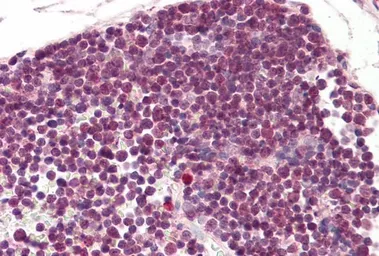RAN antibody, N-term
Cat. No. GTX17033
Cat. No. GTX17033
-
HostGoat
-
ClonalityPolyclonal
-
IsotypeIgG
-
ApplicationsWB IHC-P
-
ReactivityHuman, Mouse

